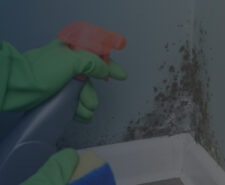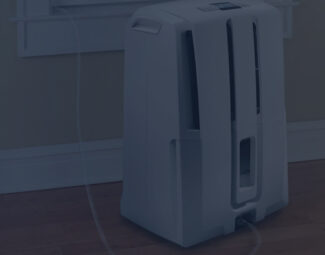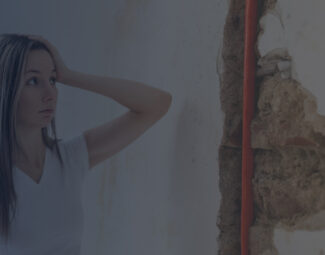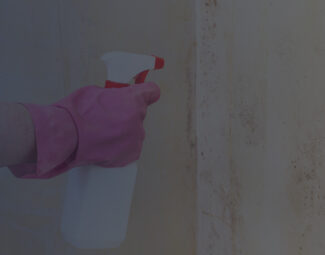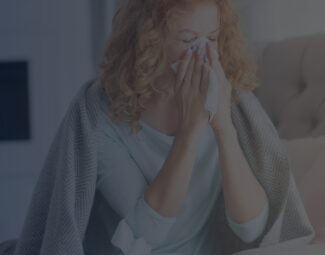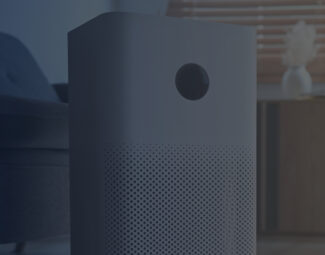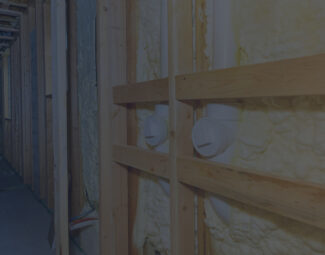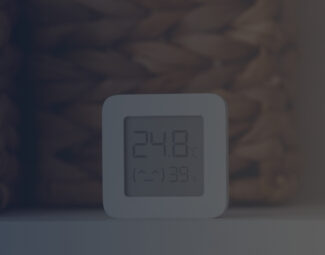A lthough mold is a common type of fungus and can be found both indoors and outdoors, it can become dangerous if it spreads on large surfaces. It affects especially people suffering from asthma or who have developed an allergy to it. However, if exposure is continuous and for a long time, it can cause breathing problems. Some species even release mycotoxin which can become dangerous for individuals with chronic diseases.
You should check your home periodically and take immediate measures if you find what seems to be the beginning of an infestation. Spores can easily travel through the air and be inhaled, making the fight against seasonal allergies even harder. Plus, a musty odor will start taking over your home in most cases, and it will persist as long as the source is still present.
As some species are more dangerous than others, it is essential to know what you are dealing with. This article covers twelve of the most common, treating their main characteristics and the risks they can pose to human health. So, stay with us and become a mold expert for your home. Know your problem so you can solve it easily and on time.
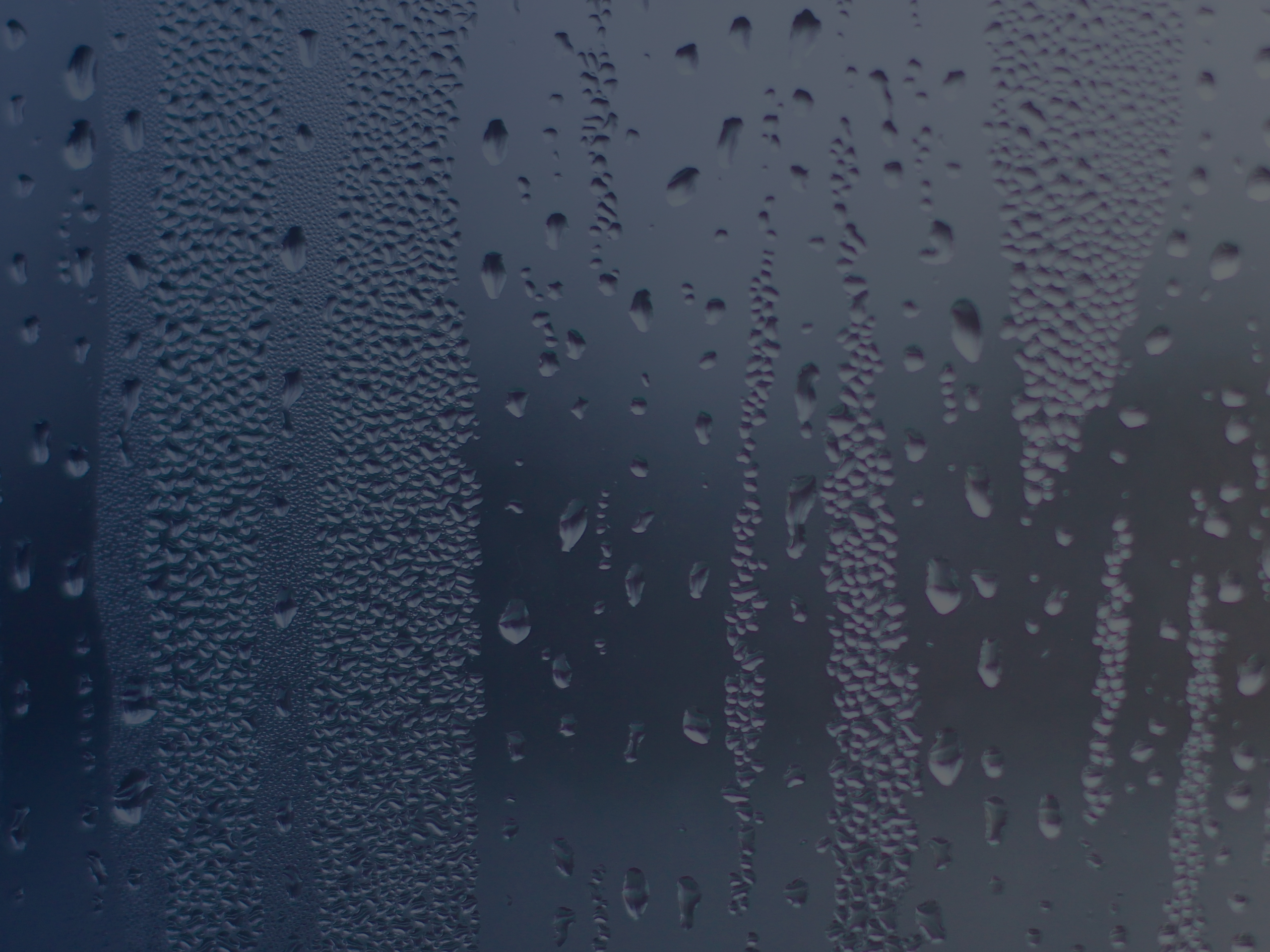
Water Drops on the Window Glass
Why Mold Appears – Figuring Out the Causes
Mold prefers humid and dark spaces and needs specific materials to settle on, which will serve as food and help it thrive. This is why basements and attics are their main targets, but it isn’t so uncommon to find mold in the bathroom, kitchen, or even on the bedroom’s walls. The humidity combined with warmth will ensure the optimal environment, although some species can easily survive in cold spaces as well.
Therefore, in order to deal with this problem, you will need to cut the humidity source. Here are some suggestions on what may cause your home to become humid:
- A leaking pipe - Whether it is hidden in the walls or somewhere under your kitchen tabletop, a little crack is enough to make the surfaces moist. You may not even notice the problem until you discover a colony of mold, especially if the spot is out of sight. If the pipe is leaking in the basement, it may take months until you need to retrieve something from there, and you may discover then that professional cleaning is in order. The odor will probably announce this problem.
- Condensation - It is a natural phenomenon and you will need to pay some effort to reduce its action. Condensation appears when the steam released by cooking, boiling water, bathing, or showering meets the cold surfaces around it. Droplets of water will form on them, making them damp and prone to host mold.
- Flooding - It often happens in the basement due to causes that have to do with improper cleaning of the gutters, an inefficient draining system, or even landscape design, but it can appear in other rooms if a pipe bursts. Flooding is a serious problem and can cause the growth of large colonies of mold, so you will need commercial equipment to get rid of the dampness fast and maintain the air dry for a while.
- Wet Clothes - Hanging the clothes to dry inside can be a good practice if you are dealing with low humidity, but when the air is already saturated with water, you will need to find another solution. You can either opt for a dryer or find a place outside to dry them.
- Poor Ventilation - Open windows are essential for a healthy home. It is recommended to let fresh air come in at least for a half hour every morning. Thus, the air from outdoors can replace the humid air in the house and help dry the spots that are prone to develop mold. Other ways to ventilate the rooms can be window fans, perfect for circulating the air without allowing the cold to come in, or air conditioners that come with an air circulation function. The latter will help you increase comfort in the summer as well.
Keeping the humidity between 30% and 50% is the best way to prevent mold. We recommend using a hygrometer to measure the relative humidity around the house. It will help you identify the most humid rooms and take action before the spores can find a good place to settle.
Common Types of Mold in a Home
Mold multiplies fast by sending spores into the air. Some species can cause allergic reactions and are called allergenic, while others, called toxicogenic can release toxins into the air and cause serious illnesses. A third category is represented by pathogenic mold, which can have severe action on people suffering from chronic diseases.
This is why it is important to determine with which species you are dealing, so you can assess the danger and take action accordingly.
- ACREMONIUM:
Characteristics: It is a toxigenic species that often appear in structures that were flooded. It presents in form of a moist substance that covers a small surface at first, but as it evolves, it tends to turn into a powder that can have variate nuances ranging from grey to green, orange, white, or even pink. It can invade humidifiers and AC coils as well, and often can be found on window seals.Risks: It releases a mycotoxin that has been linked to serious diseases. In some cases, it affects the immune system or can cause bone-marrow illnesses. What is even worse is that it grows along with black mold, forming a highly threatening combination. Nevertheless, these effects are rather rare, as it is more common for Acremonium to produce nails and eye infections.
- ALTERNARIA:
Characteristics: It is found all around the world, being present in most households. It has a dark color and looks like velvet. Although it isn’t toxic, it spreads fast and needs to be contained in the incipient phase to avoid home infestation. It appears in all moist places in the house. It can also take over places that have been flooded if professional dehumidification isn’t performed on time.Risks: Most people can live with it and have no symptoms, as long as it doesn’t cover a large space. However, in some cases, it can produce effects that resemble allergies, including coughs, headaches, skin irritations, or nasal congestion.
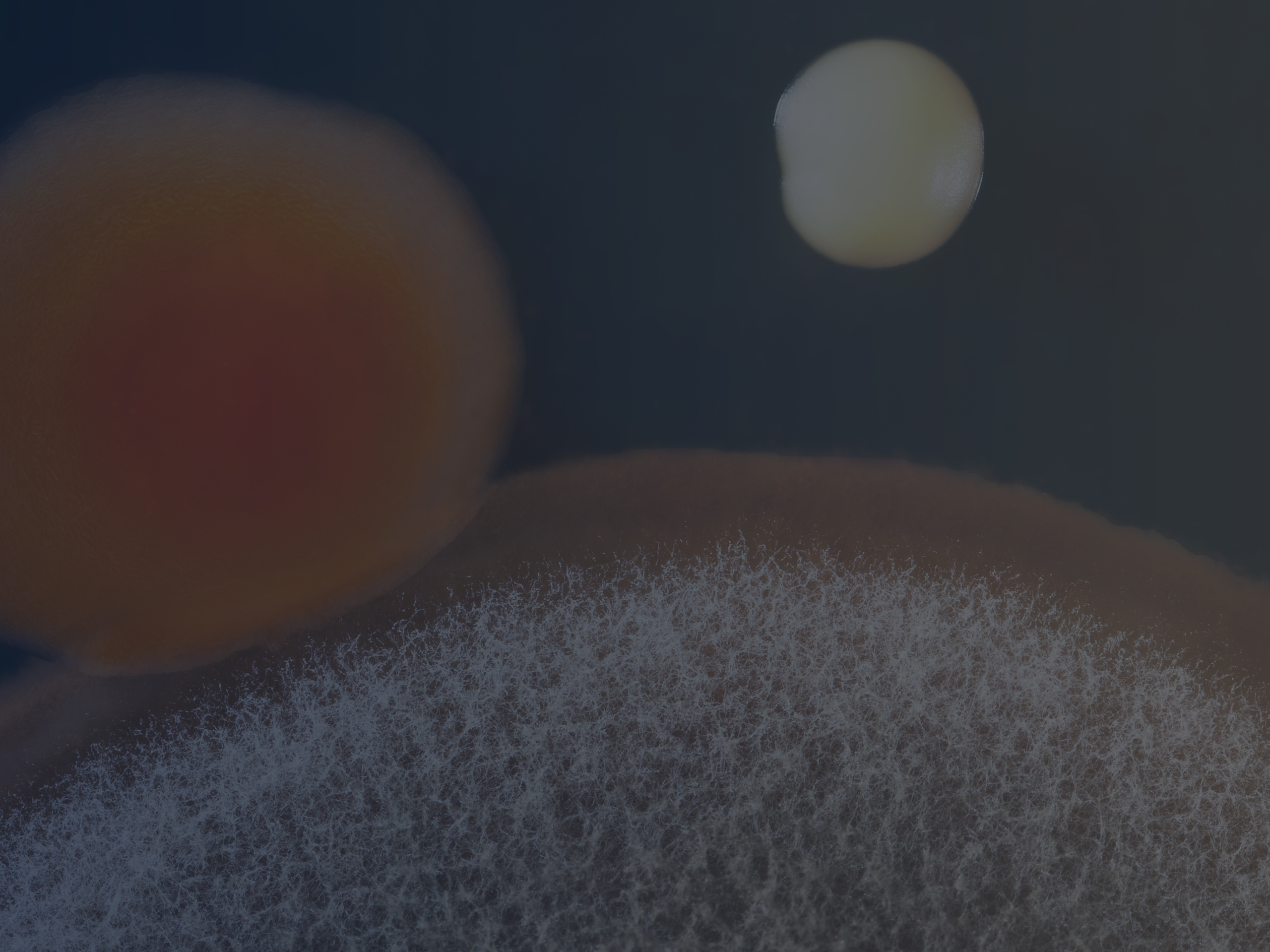
Close-Up of Aspergillus Mold and Bacteria
- ASPERGILLUS:
Characteristics: Over 180 species can be identified, which is why it shows in different nuances that manifest differently. It is once again a common type that can invade the walls of homes, growing in generous layers that spread at a relatively fast pace.Risks: Most species are not toxic, only causing allergy-like symptoms. However, if it interacts with other substances and the environment is favorable, it can produce lung irritations and asthma attacks. Some particular species can even release aflatoxins, which can even lead to death.
- AUREOBASIDIUM:
Characteristics: If you decide to look behind the wallpaper in your house, you may find something fluffy and brown growing there. It can infest wooden surfaces as well and appears in spaces that deal with excessive humidity, like the bathroom or kitchen. It changes its color as it becomes older, so if you find it in a darker shade it has probably been there for a while.Risks: It is not harmful unless it spreads on large surfaces, but it can affect asthma sufferers and individuals who are allergic to it. It causes the skin and nails to infect.
- CHAETOMIUM:
Characteristics: It appears in spaces that were flooded and looks like cotton. If the surface remains moist for a long time as a result of unsuccessful moisture removal, it will change its color from white to light grey, and reaches nuances of brown or even black. It has a particular musty smell that becomes stronger as the problem aggravates.Risks: In most cases, it only affects nails and skin by causing them to get infected, but depending on temperature and humidity levels, it can release mycotoxins that affect health to a higher degree, especially for individuals with a weak immune system.
- CLADOSPORIUM:
Characteristics: The particularity of this species is that it can grow and multiply both in cool and warm environments. It shows up on carpets and upholstery, as it has a preference for fabrics. It feels like suede and its color can range from olive green to brown. As it is highly allergenic, it should be handled with gloves to avoid skin exposure and irritations.Risks: It doesn’t release any toxins, but its allergic nature makes it an irritant for the breathing system. It will affect asthma and allergy sufferers and can cause pulmonary infections and sinusitis. Moreover, it irritates the skin and can cause lesions.
- FUSARIUM:
Characteristics: It can develop in cold environments as well as in warm spaces and usually appears where there’s high humidity due to flooding or improper ventilation. It is easy to recognize it due to its reddish and sometimes pink color. It prefers fabrics and will often appear on upholstery and carpets. It tends to spread fast so it is better to reduce humidity and clean the walls with an anti-mold substance.Risks: As an allergenic threat, it can invade the breathing system and cause nasal congestion or a sore throat. If the problem persists, it can lead to infections of the bones and some patients developed brain abscesses as a result of coming in contact with it. It can also release toxins, which can affect the nervous system or cause internal bleeding.
- MUCOR:
Characteristics: It grows around AC units and ducts as a result of intense condensation. It can also develop on old carpets that have been exposed to moisture. It has a light color, somewhere between white and grey. It multiplies, forming generous layers, and is allergenic.Risks: The symptoms can vary from milder ones, which include irritations and breathing difficulties, along with fever and flu-like effects, and evolve into serious illnesses. Long exposure can cause a disease known as mucormycosis, which manifests through lung and sinus damage and produce an autoimmune disease that will eventually cause death.
- PENICILLIN:
Characteristics: Like all mold types, Penicillin prefers moist areas and will appear in homes where water damage caused the walls to absorb moisture. If good air circulation isn’t ensured, the issue will persist and a blue or green mold that looks like velvet will start taking over the space. It doesn’t take long until it spreads to other rooms, so a dehumidifier may be required along with proper cleaning to prevent infestation.Risks: Although it is used for the fabrication of a strong antibiotic, it can be highly dangerous in free form. The spores travel easily and can be inhaled, leading to pulmonary irritation and aggravated asthma symptoms. It affects individuals with chronic diseases in particular, as well as kids.
- STACHYBOTRYS:
Characteristics: Also known as ‘black mold’, it is highly feared because it releases a toxin that was linked to serious illnesses. It appears in dark colors like grey and black and appears in areas where a humidity problem hasn’t been solved. It also prefers cardboard and cellulosic materials, therefore it will develop on packings, which should be removed at once if infested.Risks: It usually affects the well-being of the exposed individuals. It can lead to depression and fatigue. But at the same time, it infiltrates the breathing system, causing difficulties in breathing, coughs, headaches, nose bleeding, or even fever.
- TRICHODERMA:
Characteristics: It grows in colonies and can be recognized after its white base that is pigmented with green spots. It prefers to settle in spaces when condensation occurs so you may find it inside HAVC systems or ducts. At the same time, it tends to grow on wallpapers and carpets if they have come in contact with water. It has the texture of wool and releases enzymes that destroy the materials on which it appears. This is why you should call for professional mold removal so it doesn’t affect the entire building.Risks: Apart from its devastating effect on the materials it populates, and on human health, it acts similarly to black mold.
- ULOCLADIUM:
Characteristics: It is black and appears as a consequence of severe water damage. It thrives in water and extremely wet environments and can appear in basements and kitchens.Risks: It is known as a very dangerous type. It can produce skin infections or cause severe symptoms like, for example, hay fever. Asthma suffers can deal with complications while allergy sufferers will experience more intense coughs, breathing problems, and itchiness.
How to Get Rid of Mold Permanently?
Depending on the gravity of the problem, this can be handled by you or will require the services of a professional cleaning team. So, before deciding what action needs to be taken, inspect your home and assess the damage:
- Check every room - Remember that old spores can easily float with the air and infest other rooms in the house, so make sure you check them all, including the basement, the attic, and the garage
- Inspect the objects - Look under the wallpaper and pay great attention to cardboard boxes, books, fabrics, shoes, and other materials that may attract mold
- Assess the surface that has been affected - If more than 10 square feet are covered in thick mold, you should call for a professional, as the problem is already serious.
When checking the object for mold, wear gloves and a mask, as some species can cause allergies and the spores can easily reach inside your nose and mouth.
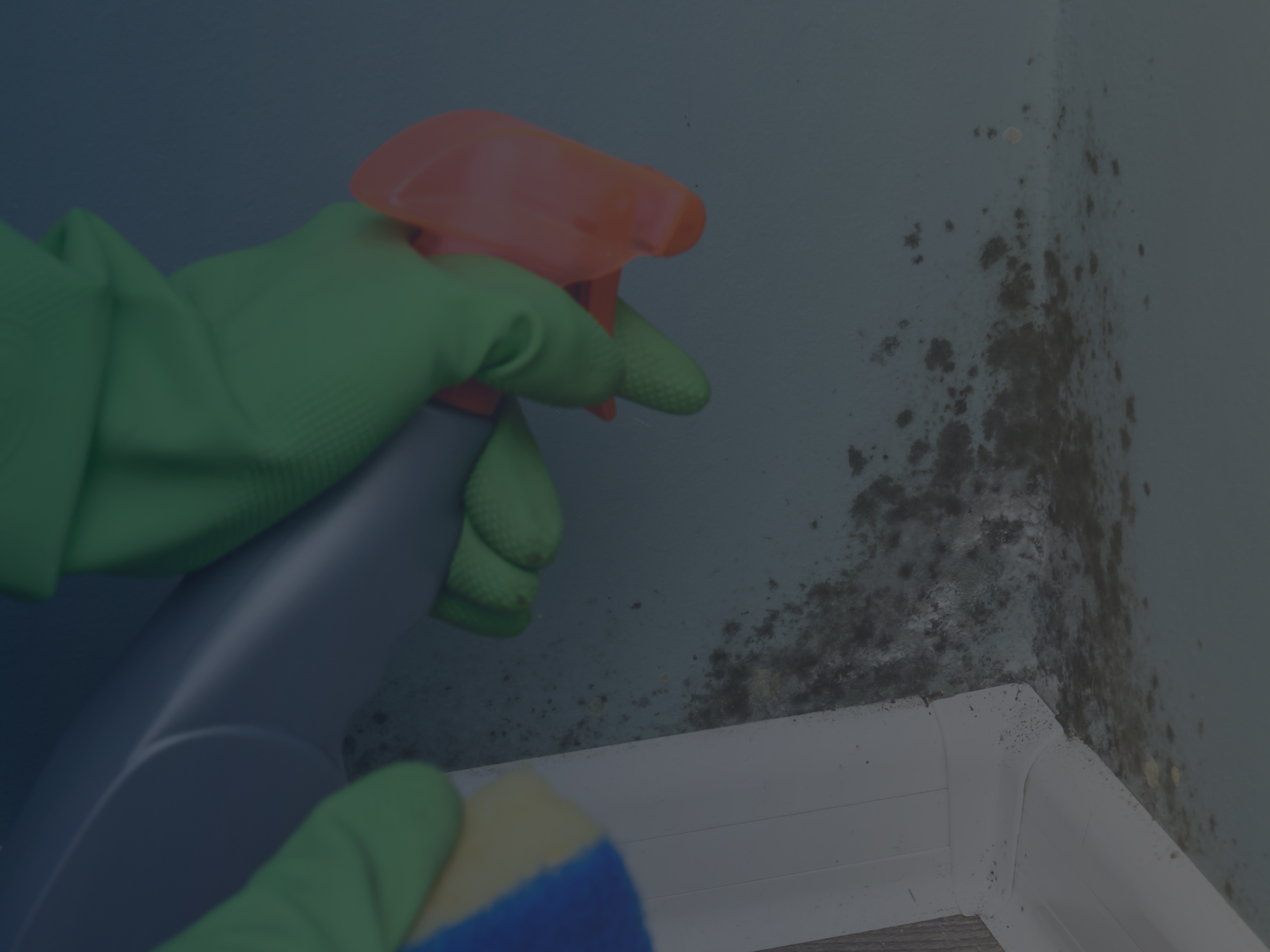
Cleaning Black Mold Off of Wall with Sponge and Spray Bottle
Clean It Yourself
If the problem is in an incipient stage, you can arm yourself with protection equipment, a sponge or cloth, and a cleaning solution and tackle it directly. Here is what you can use to clean and disinfect the area:
- Chlorine Bleach
- Hydroxide Peroxide
- White Vinegar
- Borax and Baking Soda
Professional Cleaning
Here is what a professional cleaning team can do for you:
- Provide professional dehumidification - Use a commercial dehumidifier to remove the excess moisture and dry out the walls. They may also remove the water from flooding by using special equipment.
- Contain the mold problem - Seal the room using tape and sheets to prevent the spores from leaving the premises and invading other spaces in the house.
- Remove materials and objects that have been contaminated - Anything that cannot be saved should be removed and thrown away. For the objects that can be saved, a fungicidal solution will be used to disinfect the surfaces
- Throughly clean the room - Use specialized substances to kill and remove the mold and repair the damages caused by the infestation
Bottom Line
It is important to remove the source, which is usually an abnormally high humidity level. You can choose to provide better ventilation for the bathroom or other areas that are exposed or install a dehumidifier in the basement to help you keep the walls dry.
As shown, this fungus isn’t extremely dangerous in small quantities, although it can aggravate allergy and asthma symptoms, but, when it spreads on large surfaces, it can become a health hazard, especially if it is a type that releases toxins. So, don’t let it spread. Try to identify its type so you know how dangerous it is and act immediately.

